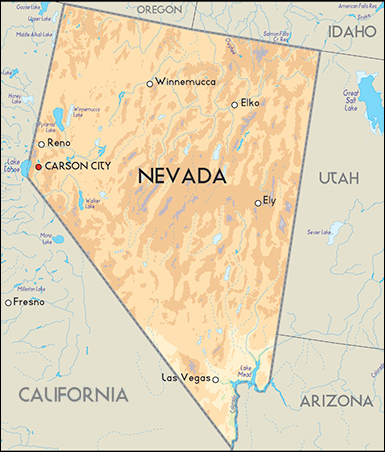By Jim Ellis
Aug. 19, 2020 — In the wake of yesterday’s primaries, here’s a quick look and analysis of the three states where voters cast their ballots — Florida, Wyoming and Alaska:
FLORIDA
Freshman Rep. Ross Spano (R-Dover), who had been under fire and investigation for accepting improper loans to his 2018 campaign, lost his re-nomination campaign last night to Lakeland City Commissioner, local business owner, and retired Navy pilot Scott Franklin in a 51-49 percent count with over 60,000 votes tabulated.
Spano becomes the eighth House incumbent and fifth Republican to lose re-nomination this year, the highest number we’ve seen during recent times in a non-redistricting election. With Franklin now as the new GOP nominee, it is reasonable to believe that the GOP is actually in stronger position to hold the seat because Franklin won’t have the political baggage that Rep. Spano carried.
For the Democrats, former TV News anchorman Alan Cohn defeated state Rep. Adam Hattersley (D-Riverview), 41-33 percent, to advance into the general election. Franklin becomes the clear favorite in this 53-43 percent Trump district that a congressional Democrat has never won since the Lakeland-anchored seat was first created in a similar configuration for the 1992 election.
Both primary winners here were outspent. Rep. Spano raised $1.06 million as compared to Franklin’s $587,000 according to the latest available campaign finance disclosure reports (through the July 29 pre-primary reporting period). Similarly, Rep. Hattersley out-raised Cohn, $642,000 to $589,000.
Elsewhere in the Sunshine State, the two open seats look to have GOP primary winners, both of whom are now prohibitive favorites to win the general election. In retiring Rep. Ted Yoho’s (R-Gainesville) 3rd District, his former staff member and ex-campaign manager Kat Cammack scored an upset win with just over 25 percent of the vote in a field of nine other candidates. She defeated former congressional aide and businessman Judson Sapp, and physician James St. George, both of whom substantially outspent Cammack. She now faces apparent Democratic primary winner Adam Christensen.
In the open 19th District, anchored in the Ft. Myers/Cape Coral area, two-term Rep. Francis Rooney (R-Naples/Ft. Myers) is retiring. In what turned into a very close finish, and one that is likely to venture into political overtime as more votes continue to be counted, state Rep. Byron Donalds (R-Naples) clings to a small 774-vote lead over state House Majority Leader Dane Eagle (R-Cape Coral).
Closely behind Eagle are Casey Askar, who has invested over $3 million into his campaign, and local physician William Figlesthaler who supplemented his effort with over $2 million from his personal funds. Both outspent Donalds by a better than 2:1 ratio. Once this race is officially determined, the new GOP nominee will be a lock in the November election. College professor Cindy Banyai was an easy winner on the Democratic side, but she is a severe underdog in the general election.





 May 8, 2020 — The Silver State of Nevada, with six Electoral College votes, has been regarded as a swing state in most 21st Century presidential elections, but in projecting the 2020 vote, it is routinely considered as a place destined to land in the Democratic column. But, could Nevada ultimately be in play for President Trump?
May 8, 2020 — The Silver State of Nevada, with six Electoral College votes, has been regarded as a swing state in most 21st Century presidential elections, but in projecting the 2020 vote, it is routinely considered as a place destined to land in the Democratic column. But, could Nevada ultimately be in play for President Trump? Jan. 27, 2020 — Our final installment pertaining to the in-cycle Senate races covers the contests with primaries from mid-August through September:
Jan. 27, 2020 — Our final installment pertaining to the in-cycle Senate races covers the contests with primaries from mid-August through September: Jan. 3, 2020 — The Census Bureau just released its new population growth estimates for the 12-month period between July 1, 2018 and July 1, 2019. Their data allows us to assess just which states will likely gain and lose congressional districts in 2020 reapportionment, both in terms of the real numbers just presented and for projecting the final count once the decade’s final-year patterns are calculated and the census is actually conducted.
Jan. 3, 2020 — The Census Bureau just released its new population growth estimates for the 12-month period between July 1, 2018 and July 1, 2019. Their data allows us to assess just which states will likely gain and lose congressional districts in 2020 reapportionment, both in terms of the real numbers just presented and for projecting the final count once the decade’s final-year patterns are calculated and the census is actually conducted.